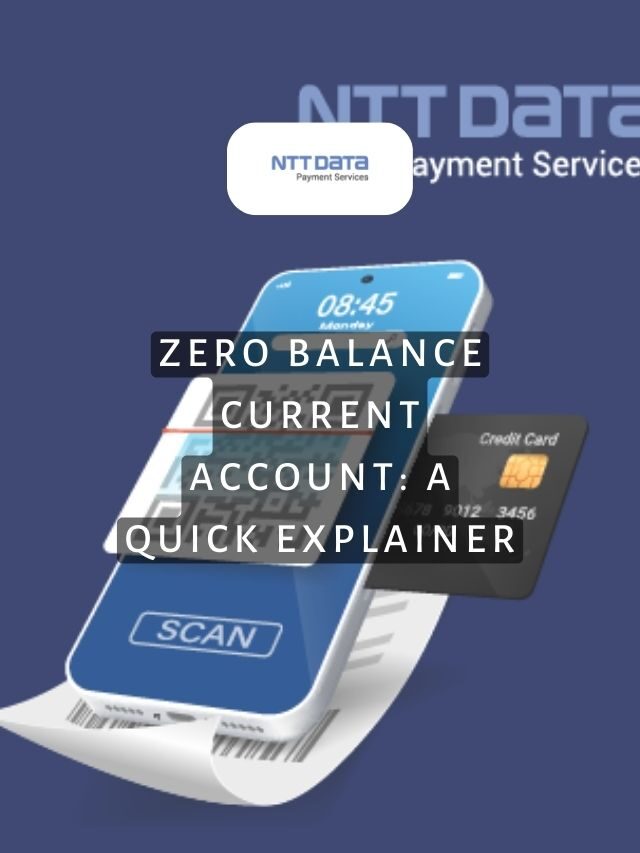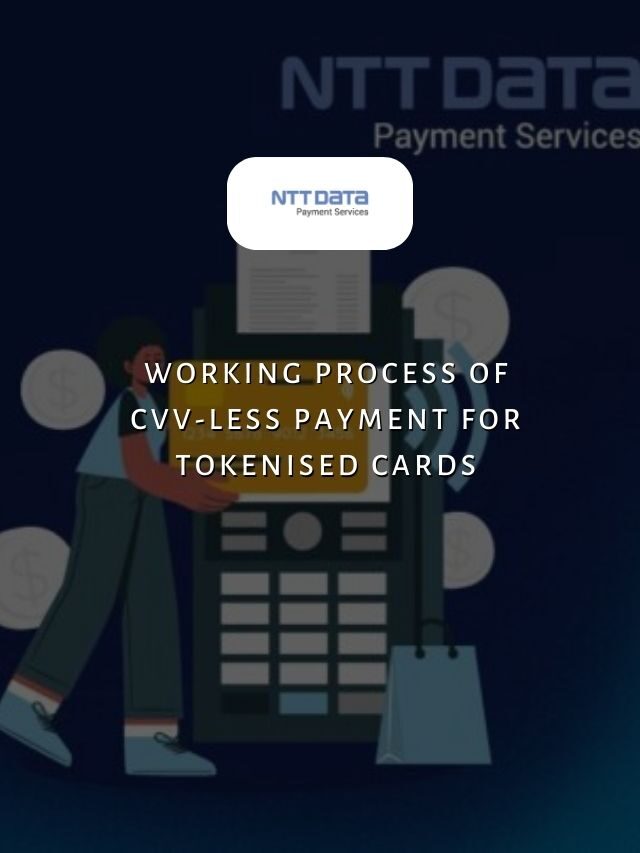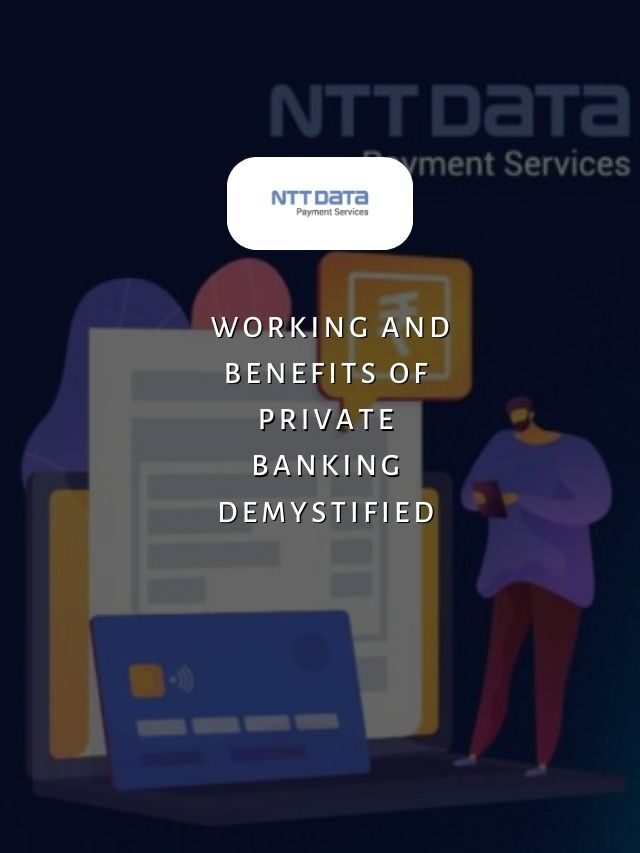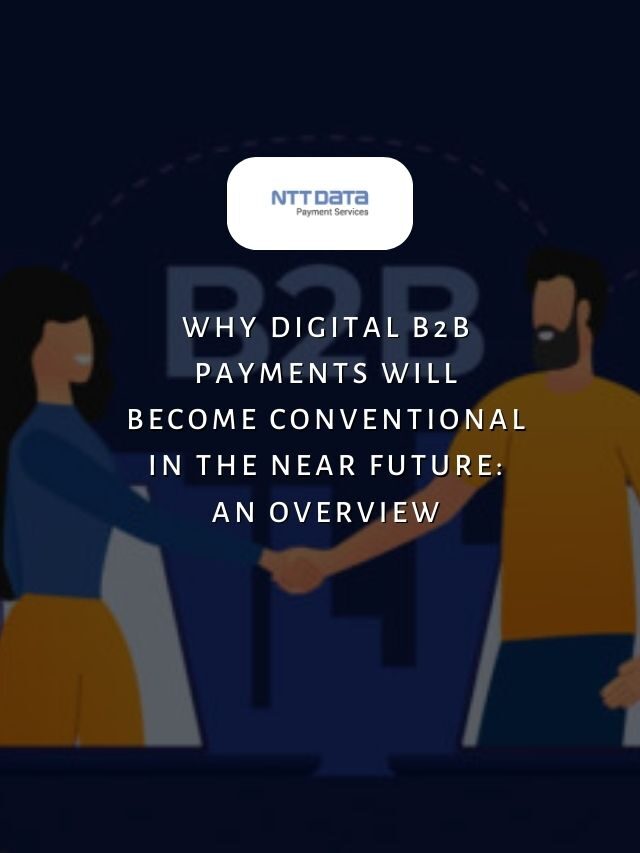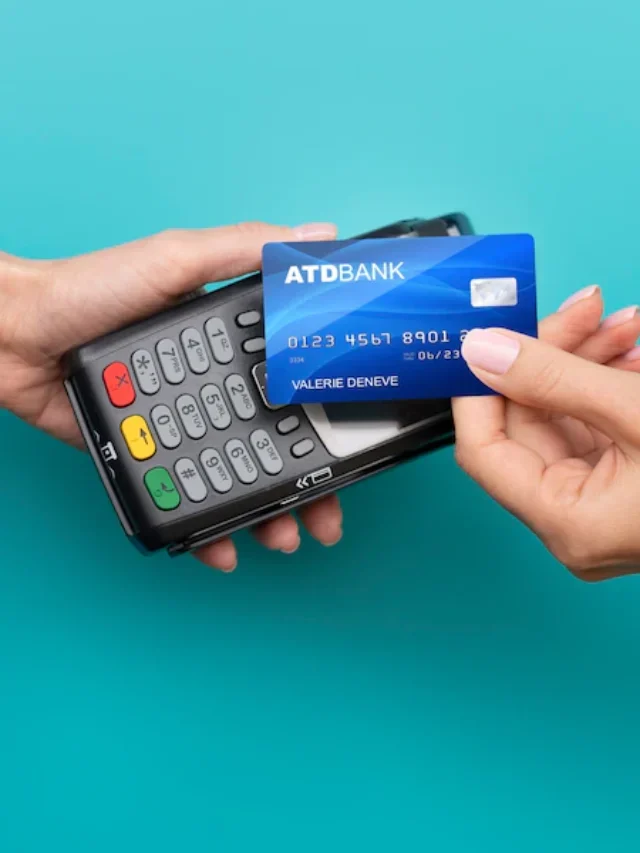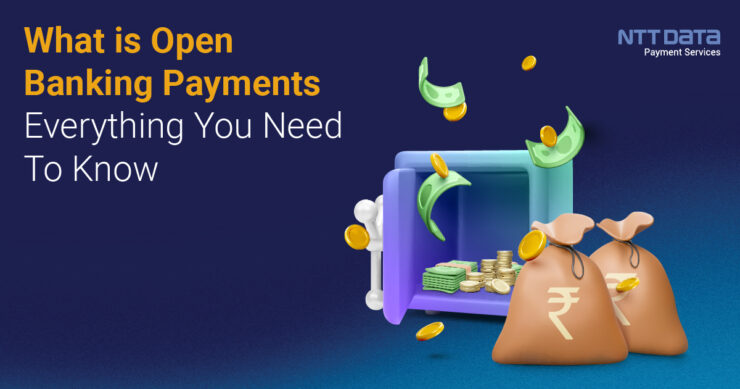
Table of Contents
Open banking payments have entirely changed how financial transactions are conducted by allowing other parties to access user data, breaking down traditional barriers, and promoting a dynamic, linked environment. This revolution is due to application programming Interfaces (APIs) & consent management. Understanding Open banking payments transcends technical proficiency.
Join me as we decipher the intricacies of Open banking payments, exploring the regulatory currents and technological tides that define today’s financial industry.
Overview of Open Banking Transactions
Open banking, with its roots intertwined with the progressive policies of the Reserve Bank of India and the expanding fintech market, emerges not just as a concept but as a disruptive force that reshapes how we perceive financial transactions.
As regulatory frameworks like the Revised Payment Services Directive (PSD2) echo globally, the Indian financial sphere embraces Open banking payments as a trend and a transformative wave. Let’s explore Open banking, along with its operations and significance.
What is Open Banking?
Open banking, alternatively referred to as “open bank data“, encompasses a banking approach granting third-party financial service providers unrestricted entry to consumers’ banking information, transactions, and additional financial data held by both banks and non-bank financial institutions. This access is facilitated through application programming interfaces (APIs).
Open banking enables the interconnection of accounts and data across various institutions, serving the interests of consumers, financial entities, and third-party service providers alike.
Key Components of Open Banking
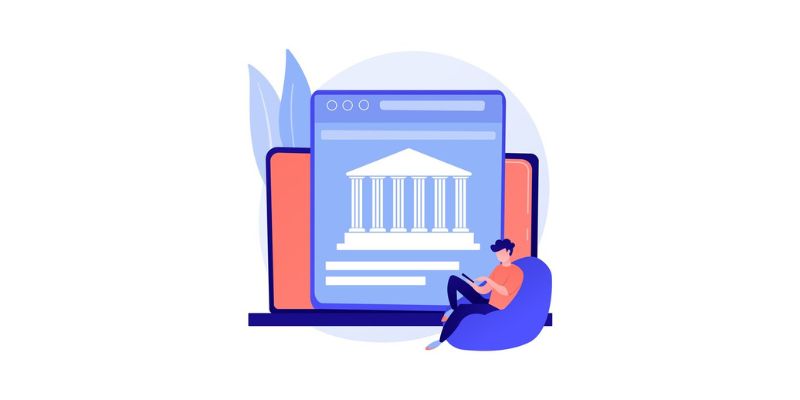
1. APIs (Application Programming Interfaces)
At the heart of Open banking payments are APIs, which serve as conduits for communication between different financial systems. APIs enable secure and standardized data exchange, allowing various financial service providers to interact seamlessly. Through APIs, users can initiate transactions, access account information, and leverage various financial services without the need to log in to multiple platforms.
2. Consent Management
Central to Open banking is the principle of user consent. Users must provide explicit consent before any financial data is shared or transactions are initiated. This ensures that individuals have control over who can access their financial information and for what purposes. Consent management mechanisms are implemented to guarantee transparency and adherence to privacy regulations.
3. Third-Party Providers (TPPs)
In the Open banking ecosystem, third-party providers play a crucial role. These are external entities authorised to access financial data and initiate transactions on behalf of users. TPPs can include fintech startups, payment service providers, and other innovative entities that bring new services and solutions to the financial market.
4. Account Information Service Providers (AISPs) and Payment Initiation Service Providers (PISPs)
AISPs focus on providing users with a consolidated view of their financial information from various accounts, offering insights into spending patterns, balances, and transactions. PISPs, on the other hand, enable users to initiate payments directly from their accounts through third-party applications or platforms.
Working of Open Banking Payments
In the aftermath of the implementation of PSD2, banks are now mandated to provide access to their customer data through APIs for authorized third-party entities. This effectively opens the digital gates, allowing secure access to customer data.
If you aim to directly access your customers’ financial data, obtaining an AISP or PISP license is necessary. However, it’s important to note that acquiring these licenses can be a lengthy process, often taking up to a year and requiring adherence to rigorous regulatory requirements.
Fortunately, there is a more efficient alternative. Collaboration with a financial institution already holding the required licenses is viable. Partnering with such a company enables access to customers’ data without the complexities of obtaining a license independently.
Shifting the focus to the customer experience. This offers a quick, seamless, and convenient payment option. In addition, Open banking facilitates the aggregation of diverse bank balances onto a single screen for easy account viewing.
The Benefits of Open Banking Payments
1. Enhanced User Experience
Open banking payments pave the way for a more seamless and user-friendly banking experience. With the ability to access multiple financial services through a single interface, users can enjoy streamlined account management and initiate transactions with unprecedented ease.
2. Increased Competition and Innovation
Open banking promotes innovation by fostering an environment where various financial entities can collaborate and compete. Fintech startups and traditional banks alike can introduce novel products and services, driving continuous improvement in the financial industry.
3. Data Security and Privacy
While the concept of Open banking involves sharing financial data, it is built on a foundation of robust security measures. Encryption, tokenization, and strict consent management protocols ensure that user data remains secure and is only accessed by authorized entities.
4. Empowerment of Consumers
Open banking payments empower consumers by giving them greater control over their financial information and transactions. Users can choose which services to access, grant specific permissions, and easily switch between providers to find the offerings that best suit their needs.
Access Open banking With NTT DATA Payment Services
NTT DATA Payment Services offers a complete payment solution to advance your offline and online businesses from,
- Online Payment Gateway
- POS machines
- IVR payments
- Mobile applications, and
- Bharat QR Scan and Pay
We ensure maximum comfort, convenience, and safety for all your payments.
You can manage all your online payments and track your financial transactions with NTT DATA Payment Services’ payment options which are secured. Access PCI DSS 3.2.1V, a 256-bit encrypted payment gateway for your digital wallet. This keeps your information security bulletproof and makes your transactions limitless and quicker.
Open Banking: The Future of Online Payments
As Open banking payments continue to gain momentum, businesses and consumers alike have the opportunity to explore a new era of financial possibilities. This model’s open and interoperable nature empowers consumers, fosters innovation, and enhances the overall efficiency of financial services.
Embrace the future of finance, where innovation knows no bounds, and the power of open collaboration reshapes how we transact.
| Also, you can get frequent updates on nttdatapayments Instagram page. |
Open Banking Payments: (FAQs)
1. What is Open Banking?
Open banking is a financial concept that utilizes open application programming interfaces (APIs) to facilitate secure data sharing and collaboration among different financial institutions. It allows third-party providers, such as fintech companies, to access and initiate payments on behalf of users, fostering innovation and competition within the financial industry.
2. What is the Principle of Open Banking?
The principle of Open banking revolves around transparency, collaboration, and user empowerment. It emphasizes the secure sharing of financial data through standardized APIs, ensuring users have control over their data with explicit consent mechanisms. The key principles include interoperability, competition, and the development of innovative financial solutions.
3. How Does Open Banking Ensure Data Security?
Open banking prioritizes data security through robust measures such as encryption, secure API communication, and explicit user consent. Standardized security protocols are implemented to safeguard sensitive financial information, ensuring a secure and trustworthy environment for data sharing and payment initiation.
4. What Types of Services Can Third-Party Providers Offer in Open Banking?
Third-party providers in Open banking can offer a wide range of services, including payment initiation, account information access, financial management apps, and personalized solutions. These services enhance user experience, promote competition, and contribute to the overall innovation within the financial sector.
5. How Does Open Banking Benefit Consumers?
Open banking benefits consumers by providing a more seamless and personalized financial experience. Users can access a consolidated view of their financial data, initiate transactions efficiently, and enjoy the perks of increased competition, leading to improved services and lower costs. The emphasis on user consent ensures control and privacy.

